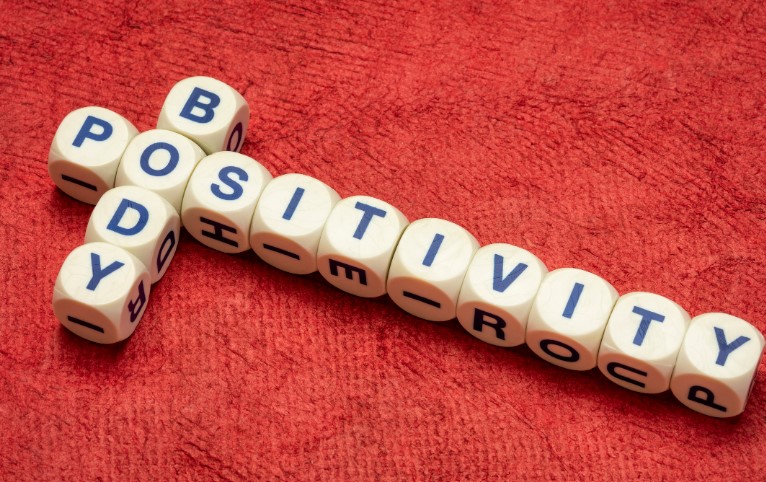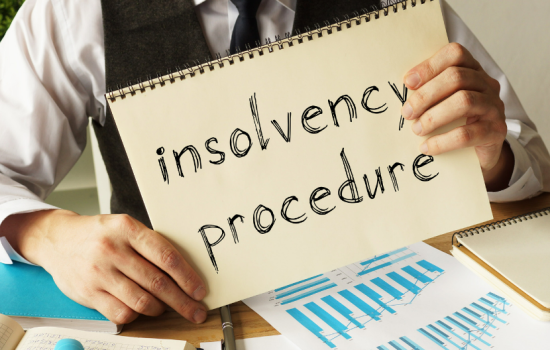The social movement of body positivity focuses on the inclusion of all bodies, regardless of size, shape, skin tone, gender and/or physical abilities. However, many people only believe it to be for challenging beauty standards for women, rather than everything it has to offer. The body positivity movement intends to include men, but with branding and awareness falling short on this side, it seems like more needs to be done to emphasise gender inclusion.
In recent years, the mainstream media and social media have shown an effort to identify insecurities in women around the country and call out branding which amplifies these concerns. This includes normalising photos of models that have not been airbrushed or edited in any way, and a motion to expand the sizing ranges in clothing collections.
Beyond this, society is progressing towards being more accepting of womens’ bodies. However, men have arguably had less of a focus, with brands still portraying the image of society’s ideal man , and those that are not seen as conventionally attractive remaining the punchline of a joke.
What Are Men Most Insecure About?

To effectively reach men with the body positivity movement, it is best to start with identifying insecurities that are exacerbated by societal standards. These insecurities can be damaging to men’s mental health, so it is important to include such features in the bid to be more welcoming and less judgemental.
Common insecurities amongst men include:
- Having small muscles
- Not having a deep voice
- Sweating
- Loss of hair/balding
- High body weight
The way that society belittles these insecurities encourages men to go to drastic measures to change their bodies, such as excessive diet changes and gym routines. In healthy moderation, fitness can have a positive change, but going into it with a negative mindset can cause men to overdo it and feel unwell.
When it comes to hair loss, Harley Street Hair Clinic sees thousands of men each year seeking transplants to restore their hair. Other insecurities stop men from feeling confident in clothing they want to wear for an interview or to some other places or speaking to people they want to make conversation with. This is because insecurities can lead to a fear of being perceived by others and avoidance of situations that evoke these feelings.
Ways We Can Include Men in Body Positivity
To ensure men are reached by the body positivity movement, everyone (including men themselves) must come together to eliminate harmful societal standards. These expectations are nothing but damaging to everyone, and men often are the last to recognise the struggles they face as a result.

The body positivity movement exists to include people of all genders, but intensifying the message for men is needed to effectively make a difference. For instance,
- Normalising discussions about emotions and how male pressures play a part in this
- Create open, honest and supportive friendships
- Raise awareness of the damage caused by bullying & shaming male features
- Provide resources for men to feel acknowledged and supported
- Boost brands that spread body positivity messages and include men
By suggesting these changes, people can prioritise self-love, self-care, and self-appreciation. Physical and mental well-being is more important than appearance, but a difference in appearance is part of what makes everyone unique.
Contributing to stereotypes of what a man should be creates a toxic environment to exist in, so people must join forces to eliminate them. Engaging with men in those ways are small steps, heading in the right direction for a body-positive world.
The current approach to spreading the message of the body positivity movement makes people feel like men do not fit into the narrative. This is not true. The movement does not only intend to challenge beauty standards for women, but all genders, including men.
To better engage with men, it is important to recognise the common insecurities amongst men and how they are exacerbated by the behaviour of society and the media. Struggles endured by men must be normalised by opening these discussions and providing appropriate resources.







